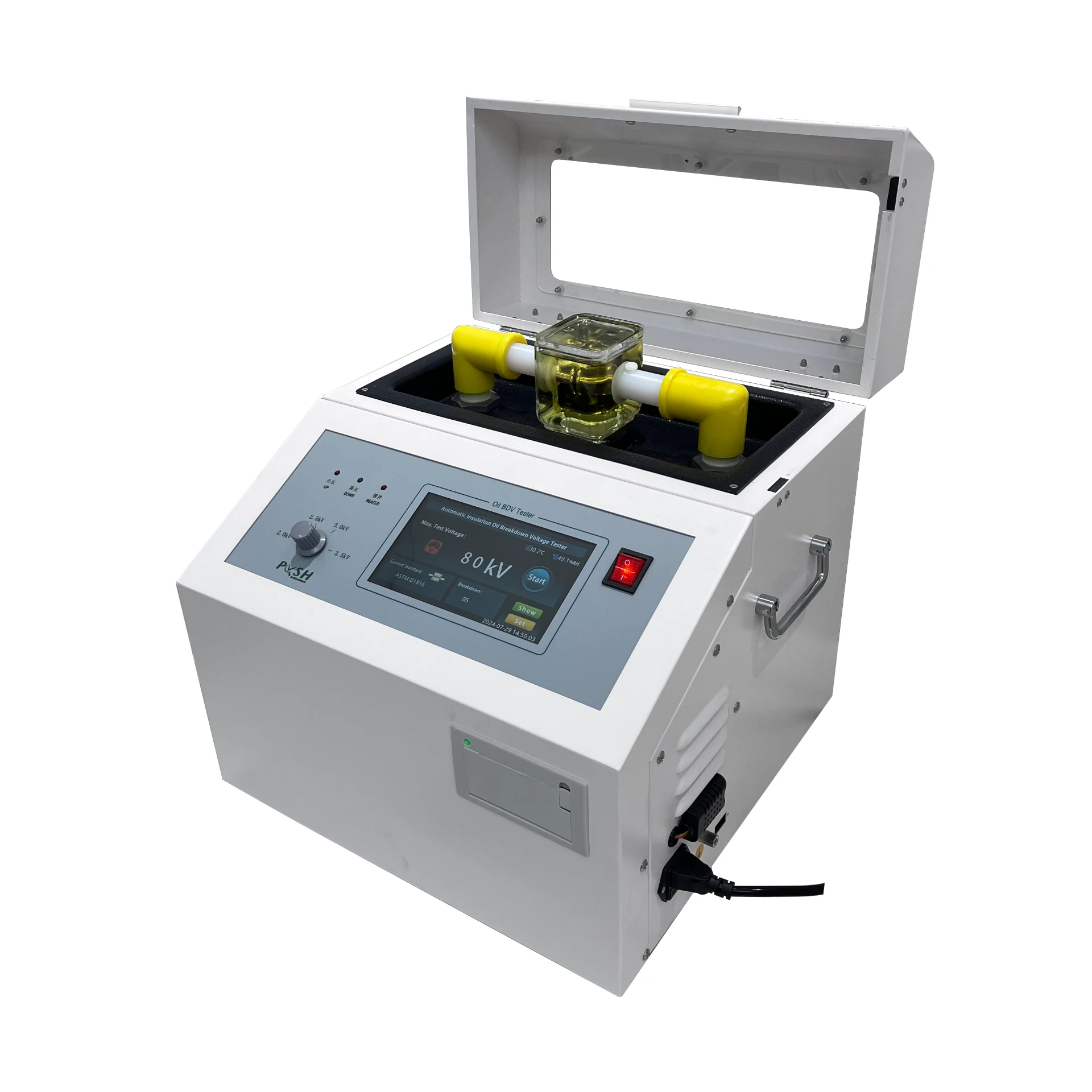 English
English


Monitoring Winding Temperature in Transformers for Enhanced Performance and Reliability in Power Systems
Transformer Winding Temperature Monitoring Ensuring Efficiency and Longevity
Transformer winding temperature monitoring is a crucial aspect of maintaining the efficiency and longevity of electrical transformers. Modern transformers play a vital role in power distribution systems, converting high voltages from transmission lines to lower voltages suitable for consumer use. However, these transformers operate under varying conditions, and one of the most significant factors affecting their performance is the temperature of the winding. Therefore, implementing effective temperature monitoring systems is essential to prevent damage, optimize performance, and ensure reliability.
Importance of Winding Temperature Monitoring
Transformers are typically subject to thermal stresses due to the electrical loads they handle and ambient environmental conditions. Excessive temperatures can lead to insulation breakdown, which may result in inefficient operation, reduced lifespan, or even catastrophic failure. Overheating can also create hot spots within the transformer, exacerbating the degradation of materials and potentially leading to major outages.
By regularly monitoring winding temperatures, operators can gain valuable insights into the transformer’s operational state. Temperature readings enable early detection of overheating, allowing for timely intervention. This proactive approach not only reduces the risk of failure but also aids in planning for maintenance, ultimately leading to more efficient management of electrical resources.
Technologies and Methods for Monitoring
Various technologies exist for monitoring transformer winding temperatures, each with its advantages and disadvantages. One common method is the use of Resistance Temperature Detectors (RTDs). These sensors provide accurate temperature readings and are widely used for their robustness and reliability. Additionally, fiber optic temperature sensors are gaining popularity due to their immunity to electromagnetic interference, making them suitable for high-voltage environments.
transformer winding temperature monitoring

Another approach is the integration of thermal imaging technology. Thermal cameras can provide a detailed visual analysis of transformer components, allowing for the identification of hot spots that may not be detected by conventional sensors. Moreover, advanced monitoring systems often incorporate predictive analytics software, which evaluates temperature data over time to predict future trends and potential failures.
Benefits of Integrated Monitoring Systems
Integrating temperature monitoring with an overall condition monitoring system provides numerous benefits. A comprehensive system allows for the synchronization of temperature data with other operational parameters, such as load currents and voltage levels. Such integration facilitates a more thorough understanding of the transformer’s condition, enabling operators to make informed decisions regarding maintenance and operation.
For example, when high temperatures are detected in conjunction with high load currents, operators can decide to reduce the load or take the transformer offline for cooling. This not only protects the equipment but can also improve the overall efficiency of the power system by preventing overload-related losses.
Conclusion
Transformer winding temperature monitoring is essential for ensuring the reliability and efficiency of power distribution systems. As technology advances, the methods for monitoring transformer temperatures continue to evolve, incorporating sophisticated tools and predictive analytics that enhance decision-making processes. By prioritizing the temperature management of transformers, utility companies can safeguard infrastructure, protect valuable resources, and enhance the overall resilience of electrical networks. Continuous monitoring, coupled with timely interventions, will not only extend the lifespan of transformers but also contribute to a more stable and efficient power supply.
-
Differences between open cup flash point tester and closed cup flash point testerNewsOct.31,2024
-
The Reliable Load Tap ChangerNewsOct.23,2024
-
The Essential Guide to Hipot TestersNewsOct.23,2024
-
The Digital Insulation TesterNewsOct.23,2024
-
The Best Earth Loop Impedance Tester for SaleNewsOct.23,2024
-
Tan Delta Tester--The Essential Tool for Electrical Insulation TestingNewsOct.23,2024





